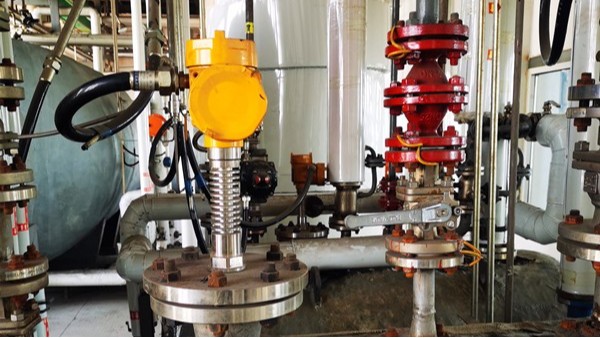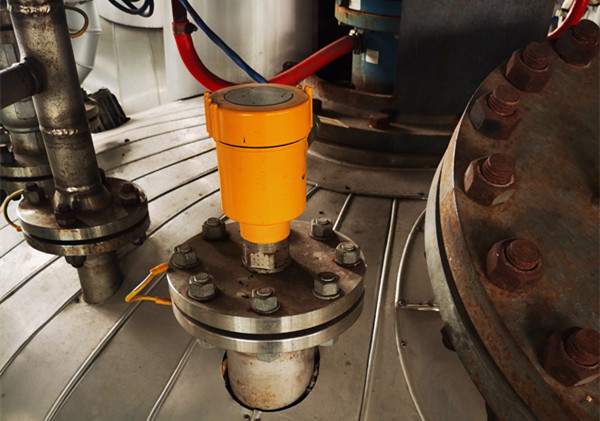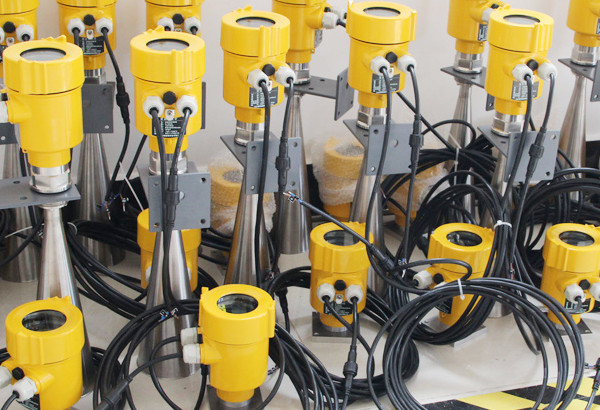As a non-contact measuring instrument, radar level gauge is widely used in liquid level measurement of various liquid storage tanks. However, during the actual installation process, some common misunderstandings may affect its measurement accuracy and stability. This article will discuss the installation misunderstandings of radar level gauges to help users better understand and avoid these problems.

Misunderstanding 1: Radar level gauge is not affected by the installation location
Some users believe that as long as the radar level gauge is installed above the liquid level, accurate liquid level measurement can be achieved. In fact, the measurement effect of radar level gauge is affected by the installation location. If the installation position is too high or too low, it may cause signal attenuation, reflection or interference, thus affecting the measurement accuracy. Therefore, when installing, a suitable installation location should be selected, usually at a height of about 1-1.5 meters from the bottom of the tank.

Misunderstanding 2: Radar level gauge is not affected by liquid characteristics
Different liquids have different characteristics such as dielectric constant, conductivity, and dielectric constant. These characteristics will affect the propagation and reflection of radar waves. For example, liquids with strong conductivity may absorb the energy of radar waves, causing measurement errors; while liquids with high dielectric constants may scatter radar waves, affecting the intensity and accuracy of echo signals. Therefore, when selecting a radar level meter, you should fully consider the characteristics of the liquid and select the appropriate model and specifications.

Misunderstanding 3: Radar level gauge is not affected by temperature and pressure
Temperature and pressure are important factors affecting radar level meter measurements. As temperature and pressure change, the propagation speed and dielectric constant of radar waves also change, thus affecting measurement accuracy. Therefore, when installing a radar level meter, the effects of temperature and pressure should be fully considered and corresponding compensation measures should be taken. For example, temperature and pressure sensors can be integrated into radar level gauges to compensate the measurements in real time.

Misunderstanding 4: Ignoring the details during installation
During the installation process, some details may be overlooked, thus affecting the normal operation of the radar level gauge. For example, problems such as misalignment of the reflective surface during installation, poor signal line connection, contamination of the antenna surface, and weak mounting brackets may cause signal attenuation or distortion. Therefore, full attention should be paid to details during the installation process to ensure the measurement accuracy and stability of the radar level gauge.
To sum up, in order to ensure the normal operation and measurement accuracy of the radar level gauge, users should avoid the above misunderstandings during the installation process. Care is required in selecting a suitable installation location, considering the characteristics of the liquid, taking compensating measures and paying attention to details. Only in this way can the advantages of radar level gauges be fully utilized to provide users with accurate and reliable liquid level measurement data.
